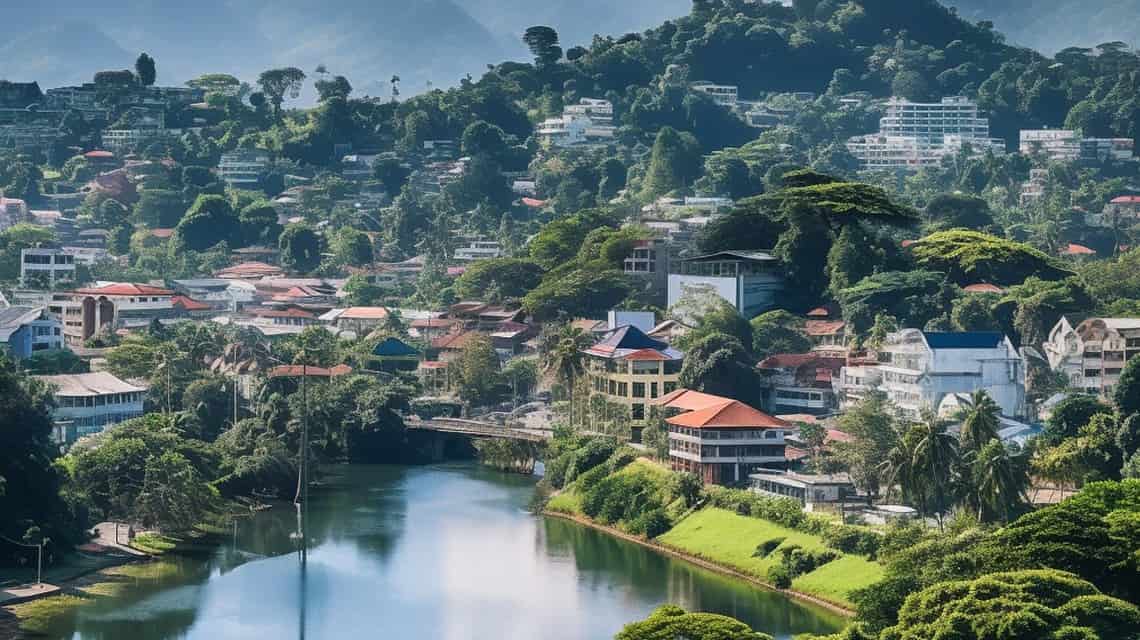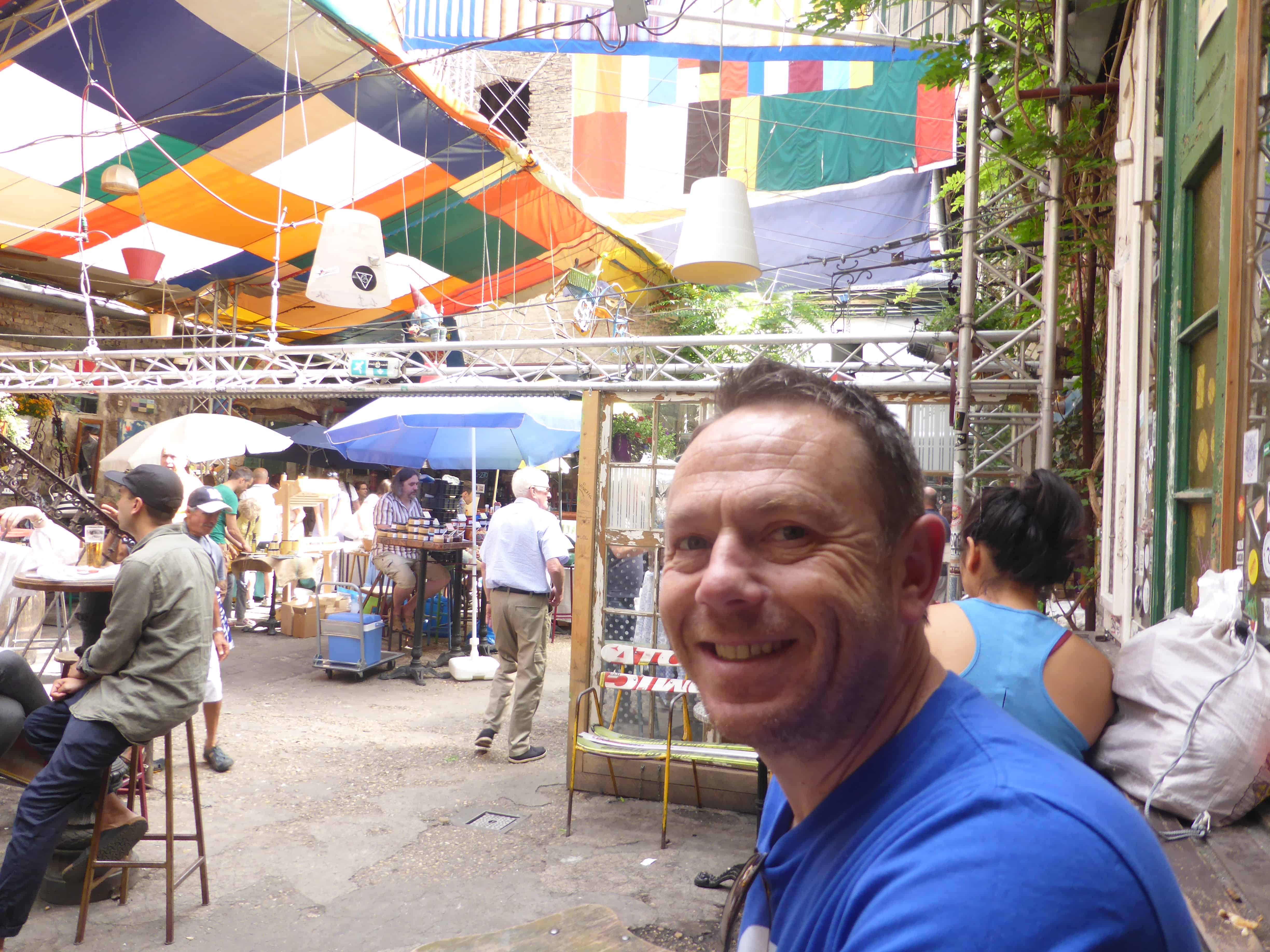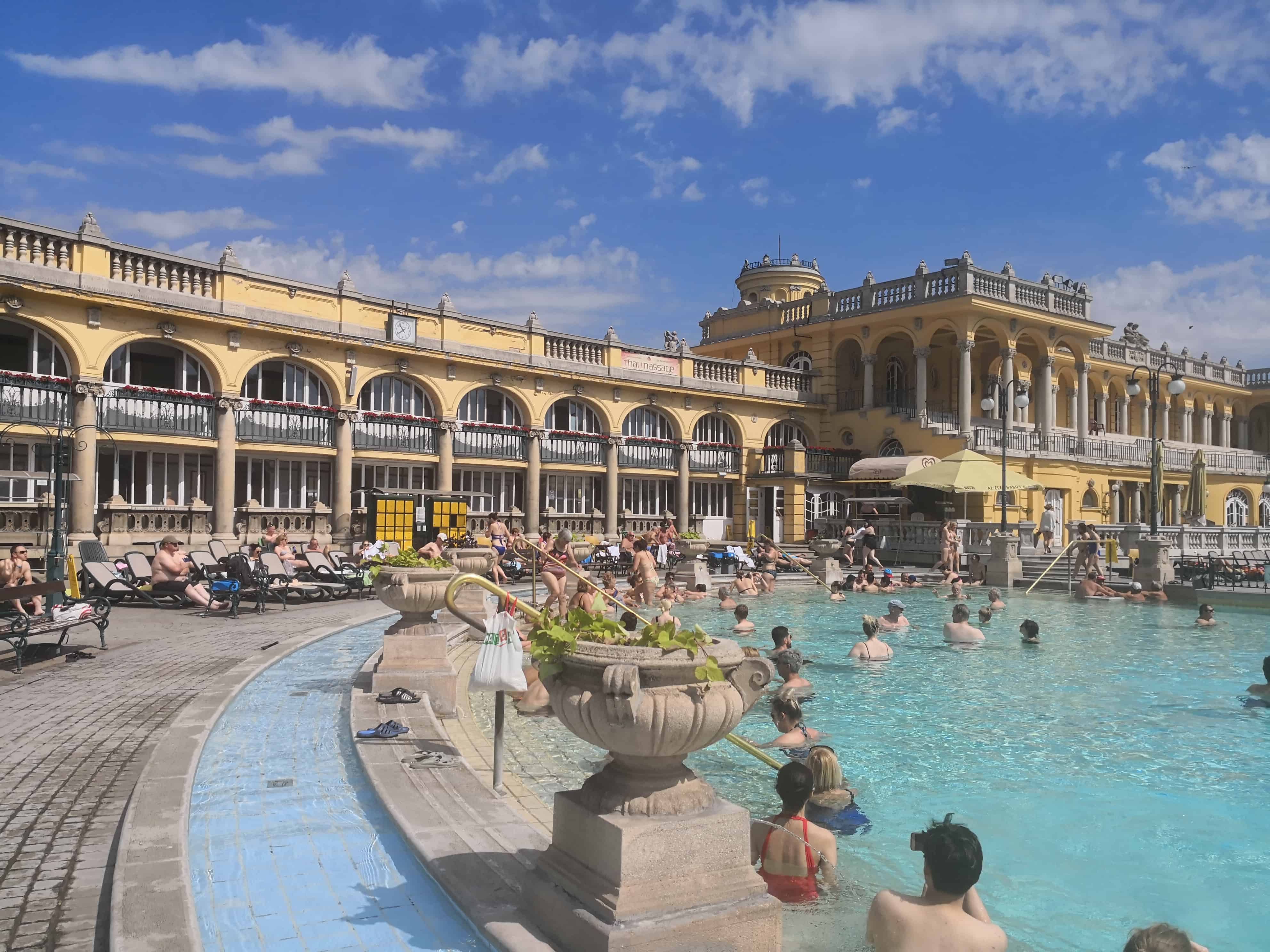
Sri Lanka: Bulletpoint History For Travellers
1. Intro – The Pearl Of The Indian Ocean
Sri Lanka, the “Pearl of the Indian Ocean,” boasts a rich tapestry of history that spans over 2,500 years. This island nation has witnessed the rise and fall of ancient kingdoms, colonial conquests, and a journey to modernity.

2. Ancient Kingdoms:
- Prehistoric Era:
- Evidence of prehistoric human settlements dating back to at least 125,000 years.
- The Balangoda Man is one of the earliest known inhabitants.
- Anuradhapura Period (377 BC – 1017 AD):
- Established by King Pandukabhaya.
- Introduction of Buddhism in 247 BC by Arahath Mahinda, son of Emperor Ashoka of India.
- Construction of monumental stupas like Ruwanwelisaya.
- Polonnaruwa Period (1056–1232 AD):
- Rise of King Vijayabahu I who defeated Chola invaders.
- Golden age under King Parakramabahu I with extensive construction and irrigation projects.
3. Colonial Era:
- Portuguese Rule (1505–1658):
- Arrival of Portuguese explorer Lourenço de Almeida.
- Introduction of Roman Catholicism.
- Dutch Period (1658–1796):
- Dutch East India Company takes control, pushing out the Portuguese.
- Introduction of Roman-Dutch law, some of which remain in effect today.
- British Rule (1796–1948):
- British Empire took over in 1796.
- Introduction of tea, coffee, and rubber plantations.
- Uprisings like the 1818 Uva Rebellion were suppressed.
- Achieved self-rule in 1947 and full independence as Ceylon in 1948.
4. Post-Colonial Era:
- Ceylon to Sri Lanka:
- The name changed to Sri Lanka in 1972.
- Adoption of a new constitution, and Sri Lanka became a republic.
- Civil Conflict (1983–2009):
- Ethnic tensions between the majority Sinhalese and minority Tamils escalated into a civil war.
- The Liberation Tigers of Tamil Eelam (LTTE) sought an independent Tamil state.
- The conflict ended in 2009 with the defeat of the LTTE.
5. Modern Sri Lanka:
- Post-war Era:
- Focus on reconciliation, redevelopment, and economic growth.
- Rapid growth in tourism with attractions like Sigiriya, Kandy, and the coastal beaches.
- 21st Century Challenges:
- 2004: Devastated by the Indian Ocean tsunami.
- 2019: Easter Sunday bombings targeting churches and hotels.

6. Summary:
Sri Lanka’s history is a blend of indigenous cultures, colonial influences, and modern challenges.
Sri Lanka – Facts & Figures in Brief:
- Official name: Democratic Socialist Republic of Sri Lanka
- Form of government: Unitary semi-presidential constitutional republic
- Capital: Colombo (administrative), Sri Jayawardenepura Kotte (legislative)
- Population: 22,409,381 (2023 est.)
- Land Area: 65th largest country in the World.
- Urban Population: Approximately 18% of the population lives in urban areas.
- Religions: Buddhism is the major religion, followed by Hinduism, Islam, and Christianity.
- Official languages: Sinhala and Tamil
- Currency: Sri Lankan rupee (LKR)
- GDP (as of 2021): Approximately $84 billion
- Area: 25,332 square miles (65,610 square kilometers)
- Major mountain ranges: Central Highlands
- Highest Peak: Pidurutalagala, at 2,524 meters.
- Major rivers: Mahaweli, Kelani, Aruvi Aru
- Longest river: Mahaweli Ganga.
- Nearest neighbours: India (northwest), Maldives (southwest)
- Geographic features: Sri Lanka is an island nation located in the Indian Ocean, just off the southeastern coast of India.
- Climate: Sri Lanka has a tropical climate with two main monsoon seasons.
- Economy: Sri Lanka’s economy is based on agriculture (notably tea, rubber, and coconuts), textiles, and tourism.
- Major Companies: Dialog Axiata, Commercial Bank of Ceylon, Sri Lankan Airlines, Ceylon Tea Services.
- Culture: Sri Lankan culture is a blend of indigenous traditions and colonial influences. Notable aspects include traditional Kandyan dance, Ayurveda, and the celebration of Poya days.
- Annual Tourists (pre-COVID-19): Over 2 million international visitors in 2019.
- Cuisine: Known for rice and curry, hoppers, kottu, and coconut milk-based dishes.
- National Flower: Lotus
- National Sport: Cricket
- History: Sri Lanka has a rich history that dates back over 2,500 years, marked by the rise and fall of ancient kingdoms, colonial conquests, and its journey to modernity.
Here are 3 important facts about Sri Lanka:
- Biodiversity hotspot: Sri Lanka is recognized as one of 34 world biodiversity hotspots, boasting a variety of wildlife, including elephants, leopards, and a vast array of bird species.
- Tea production: Sri Lanka, formerly known as Ceylon, is one of the world’s leading producers of tea. Ceylon Tea is renowned globally for its rich taste and high quality.
- Cultural heritage: The country has eight UNESCO World Heritage Sites, including the ancient cities of Polonnaruwa and Sigiriya, the Golden Temple of Dambulla, and the old town of Galle and its fortifications.








